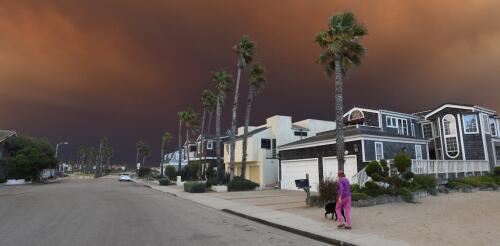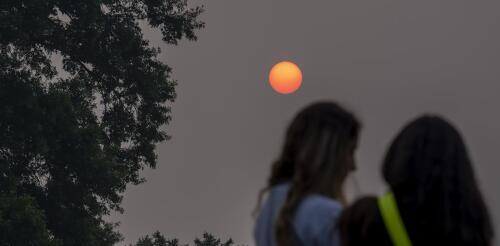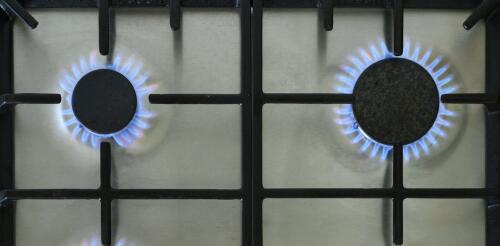Asthma
When wildfires rage, the immediate threat is obvious – but smoke from the fires actually kills far more people than the flames. As fires become more frequent, that smoke is leading to a public health crisis. In a new study published in the journal Science Advances, we found that wildfire smoke likely contributed to more than 52,000 premature deaths across California alone from 2008 to 2018, with an economic impact from the deaths of more than US$430 billion. Previous studies have examined the short-term health risks from wildfire smoke, but few have assessed how exposure to wildfire smoke over years adds up to shorten human lives. Smoke from far-off wildfires turns the skies orange over San Francisco in 2020. Running in wildfire smoke carries harmful particles deep into a person’s lungs. AP Photo/Tony Avelar Wildfire risk and severity have grown as the climate has changed and as more...
Dozens of wildfires are burning across Canada in May 2024 and sending unhealthy smoke blowing into the northern U.S. again. At the same time, the southeastern U.S. is getting smoke from Mexico, where drought conditions have been fueling fires. Last year, Canada’s record 2023 wildfire season introduced millions of Americans across the Midwest and northeastern states to the health hazards of wildfire smoke, with air quality alerts that reached levels never seen there before. Professional baseball games were postponed and the skies in New York City turned orange with haze, at times exposing millions of people to the worst air quality in the world. In some regions, the smoke hung on for days. The pressing question on many people’s minds: “Is this the new normal?” From our perspective as air quality scientists, we think the answer is likely “yes.” Global warming means more fires Hotter, drier conditions, coupled with dry grasses and underbrush...
In 1976, beloved chef, cookbook author and television personality Julia Child returned to WGBH-TV’s studios in Boston for a new cooking show, “Julia Child & Company,” following her hit series “The French Chef.” Viewers probably didn’t know that Child’s new and improved kitchen studio, outfitted with gas stoves, was paid for by the American Gas Association. While this may seem like any corporate sponsorship, we now know it was a part of a calculated campaign by gas industry executives to increase use of gas stoves across the United States. And stoves weren’t the only objective. The gas industry wanted to grow its residential market, and homes that used gas for cooking were likely also to use it for heat and hot water. The industry’s efforts went well beyond careful product placement, according to new research from the nonprofit Climate Investigations Center, which analyzes corporate efforts to undermine climate science and...
As the eastern U.S. and Canada reeled from days of thick wildfire smoke in early June 2023, millions of people faced the reality of climate change for the first time. Shocking images of New York under apocalyptic orange skies left many people glued to air quality indices and wondering whether it was safe to go outside. What they might not realize is that the air many of them breathe isn’t healthy even when wildfire smoke isn’t filling the sky. In fact, the air that 99% of the world’s population breathes is not safe, according to the World Health Organization. Air pollution is everywhere, in cities and in the countryside, visible and invisible. It kills an estimated 7 million to 10 million people a year, taking 2.2 years off global average life expectancy. Worldwide, that’s a combined 17 billion life years. There is growing evidence that even low levels of air pollutants damage the human body, increasing the risk of cardiovascular and respiratory illness...
Cooks love their gadgets, from countertop slow cookers to instant-read thermometers. Now, there’s increasing interest in magnetic induction cooktops – surfaces that cook much faster than conventional stoves, without igniting a flame or heating an electric coil. Some of this attention is overdue: Induction has long been popular in Europe and Asia, and it is more energy-efficient than standard stoves. But recent studies have also raised concerns about indoor air emissions from gas stoves. Academic researchers and agencies such as the California Air Resources Board have reported that gas stoves can release hazardous air pollutants while they’re operating, and even when they’re turned off. A 2022 study by U.S. and Australian researchers estimates that nearly 13% of current childhood asthma cases in the U.S. are attributable to gas stove use. Dozens of U.S. cities have adopted or are considering regulations that bar natural gas hookups in new-construction h...




